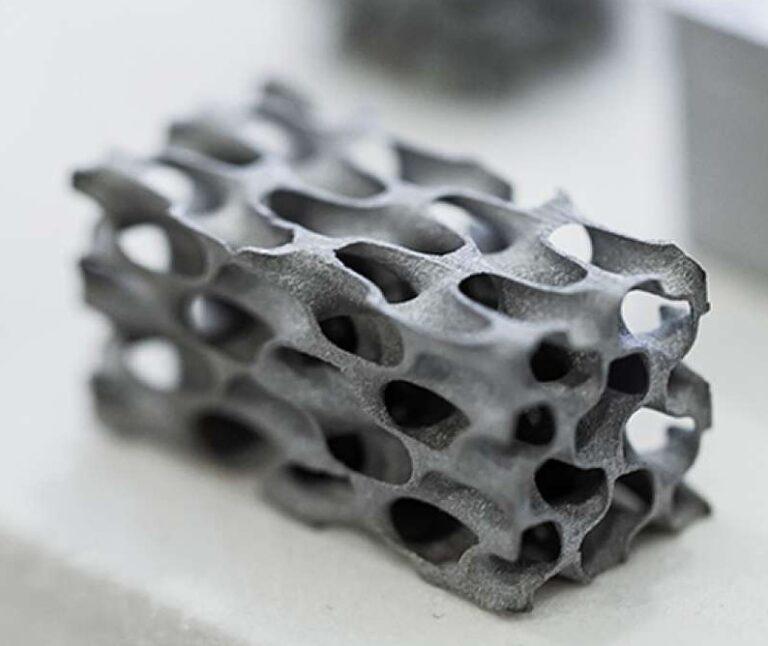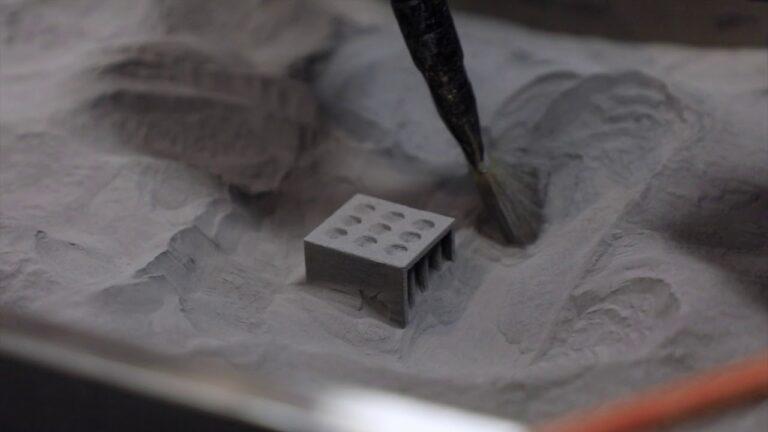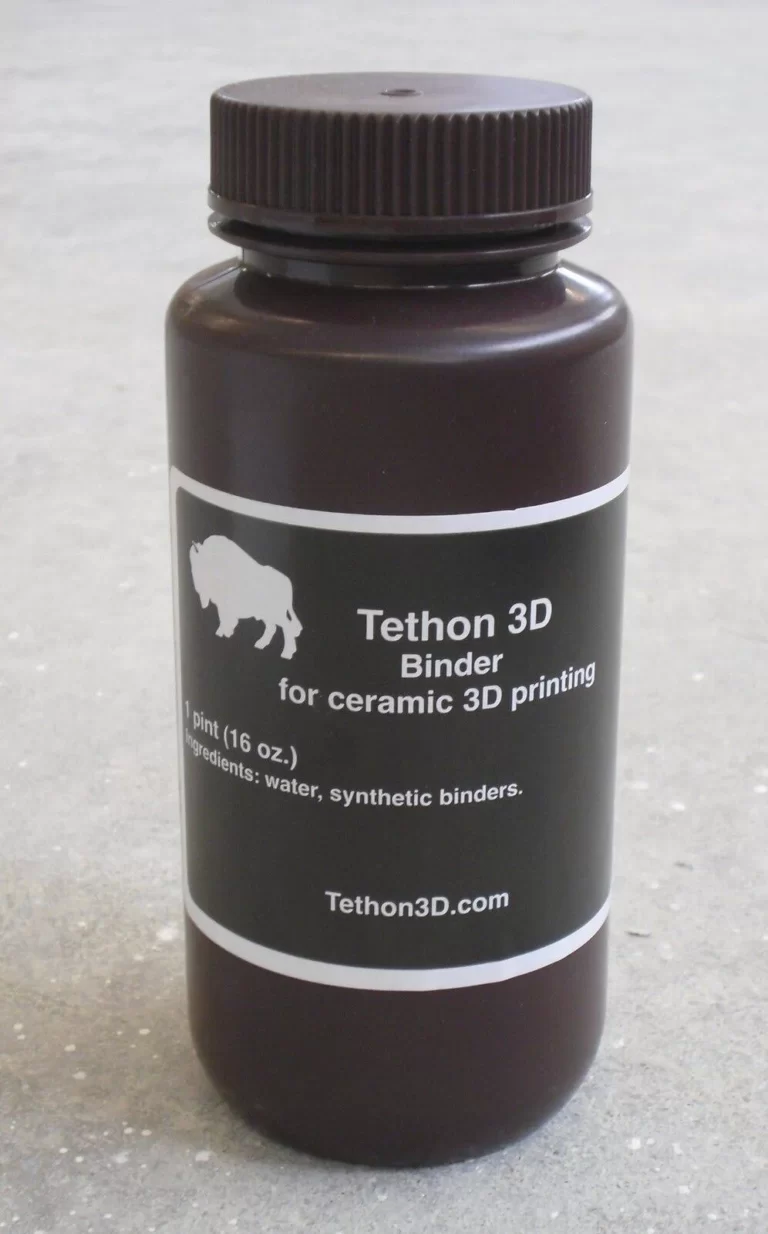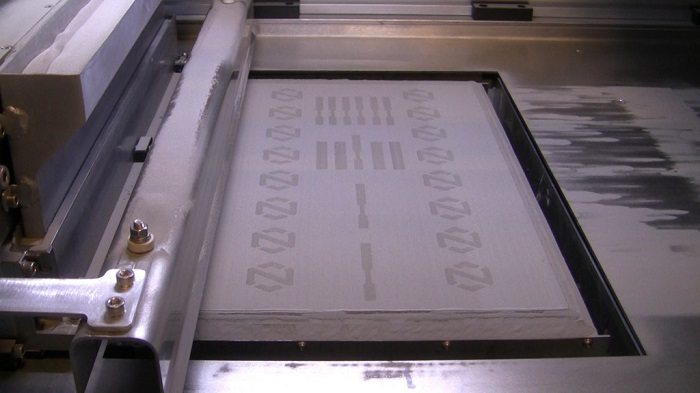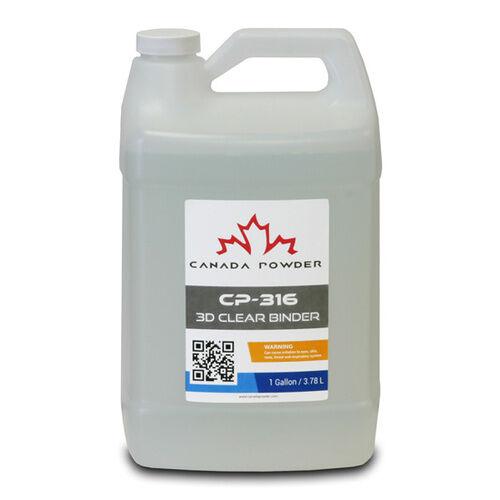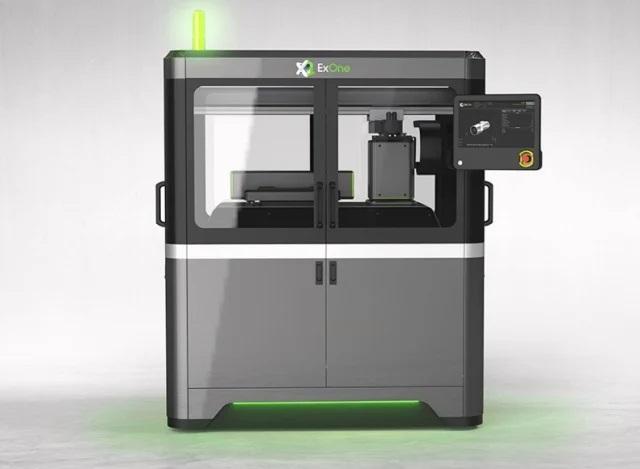Binder Jet Material: An Overview of Powders and Binders Used in the Process
Introduction to Binder Jet Material
Binder jetting is a 3D printing process that uses a binder to selectively adhere to a powder material to create a 3D object. The choice of binder jet material is crucial for the success of the process.
Powder materials used in binder jetting include metal powders, ceramic powders, and polymer powders. The particle size and properties of the powders affect the final properties of the 3D-printed part.
Binders used in binder jetting can be organic or inorganic. The binder must be able to wet the powder material and adhere to it. The properties of the binder and how it interacts with the powder material also affect the final properties of the 3D-printed part.
Various factors such as part requirements, powder and binder properties, and post-processing requirements influence the selection of materials in binder jetting.
In conclusion, the selection of materials in binder jetting is a critical step for the success of the 3D printing process. The properties of the powders and binders used, as well as their interactions, affect the final properties of the 3D-printed part. A thorough understanding of materials selection in binder jetting is necessary to produce high-quality 3D printed parts.
Powders Used in Binder Jetting
Powder materials are a critical component in the binder jetting process for 3D printing. Various types of powders, such as metal powders, ceramic powders, and polymer powders, can be used.
Metal powders are commonly used in binder jetting for their high strength and durability. Some of the commonly used metal powders include aluminum, titanium, nickel, and steel.
Ceramic powders are also used in binder jetting for their excellent thermal and mechanical properties. Some examples of ceramic powders used include alumina, zirconia, and silicon carbide.
In binder jetting, we use polymer powders for their flexibility and their ability to create complex parts with intricate geometries. Polymer powders are also suitable for producing parts with low to medium strength requirements.
Particle size is an essential factor to consider when selecting powders for binder jetting. Fine powders tend to provide better surface finishes and higher resolution, but may also require more binder to achieve proper bonding. Coarser powders are typically used for parts that require higher strength.
Powder morphology and properties, such as particle shape, size distribution, and flowability, also play a significant role in binder jetting. It is essential to choose powders with optimal morphology and properties for the intended application.
In conclusion, the selection of powder materials in binder jetting is critical to the success of 3D printing. The type, particle size, morphology, and properties of powders used in binder jetting can significantly impact the final properties of the 3D printed part. A thorough understanding of powder materials and their characteristics is necessary to produce high-quality 3D printed parts.
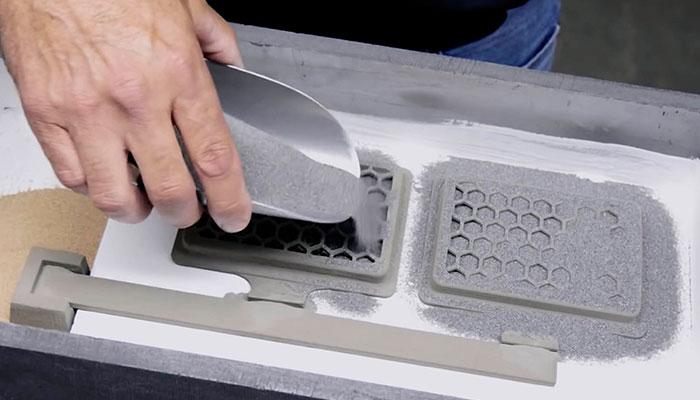
Binders Used in Binder Jetting
Binders are a crucial component in binder jetting for 3D printing. There are different types of binders used, including organic, inorganic, mineral, and polymer binders.
Organic binders are commonly used in binder jetting for their ability to provide a strong bonding between the powder particles. They are also flexible and can produce parts with intricate geometries.
Inorganic binders, on the other hand, provide higher strength and durability but may be more brittle than organic binders. Some commonly used inorganic binders include colloidal silica and alumina.
Mineral binders, such as gypsum, are used in binder jetting to create parts with low to medium strength requirements.
Polymer binders are also used in binder jetting for their flexibility and ability to produce parts with complex geometries. They are commonly used with polymer powders.
Choosing the right binder for 3D printing is critical to achieving the desired properties of the final part. The type of powder material used, the intended application, and post-processing requirements all affect the selection of the binder.
In conclusion, the choice of binder material in binder jetting significantly impacts the final properties of 3D printed parts. Organic, inorganic, mineral, and polymer binders each have their unique properties and characteristics that affect the final product. A thorough understanding of the powder material and its intended application is necessary to select the appropriate binder for successful 3D printing.
Powder-Binder Interactions
The interaction between powder and binder is a critical aspect of the binder jetting process for 3D printing. During the process, the binder must wet and coat the powder particles to create a strong bond and produce a 3D printed part with the desired properties.
The first step in powder-binder interaction is the wetting of the powder particles. The binder must wet the powder particles to achieve proper adhesion between them. The degree of wetting depends on the properties of the binder and the powder particles, such as surface tension, viscosity, and particle size.
After wetting, the binder must coat the powder particles to form a solid bridge between them. The thickness of the binder layer determines the strength of the bond between the particles. The binder also affects the porosity of the final part, as it fills the spaces between the powder particles.
The interaction between the powder and binder affects the final properties of the 3D printed part. The amount of binder used affects the density, strength, and dimensional accuracy of the final part. The type of powder material used also affects the interaction between the powder and binder, as different materials have different properties that affect their interaction with the binder.
In conclusion, the interaction between powder and binder is a crucial aspect of the binder jetting process for 3D printing. The wetting and coating of the powder particles by the binder affect the final properties of the 3D printed part, such as its strength and porosity. A thorough understanding of powder-binder interactions is necessary for successful 3D printing.
Factors Affecting Material Selection
Material selection is a critical aspect of the binder jetting process for 3D printing. Several factors, including the requirements of the part, the properties of the powder and binder, and the post-processing requirements, influence the selection of the appropriate material.
The requirements of the part, such as its geometry, size, and mechanical properties, play a crucial role in material selection. Different materials have varying strengths, densities, and other properties that affect their suitability for specific applications.
The properties of the powder and binder also affect material selection. The powder must be compatible with the binder, and its particle size, morphology, and chemical composition must be suitable for the desired application. The binder’s viscosity, surface tension, and other properties also affect its compatibility with the powder and its ability to wet and coat the powder particles.
Post-processing requirements, such as sintering or infiltration, can also affect material selection. The properties of the material must be suitable for the post-processing method, and the process must not cause any significant changes to the properties of the material.
In conclusion, material selection is a crucial aspect of the binder jetting process for 3D printing. The requirements of the part, properties of the powder and binder, and post-processing requirements all influence material selection. A thorough understanding of these factors is necessary for successful material selection in binder jetting.
Applications of Binder Jet Materials
Metal and ceramic parts produced using binder jetting technology have gained popularity in the aerospace and automotive industries due to their excellent strength-to-weight ratio and high-temperature resistance. Binder jetting technology is now manufacturing jet engine components, including turbine blades and combustor liners. Furthermore, it is being utilized to produce intricate ceramic parts, such as silicon nitride ball bearings, which are used in high-performance engines.
Binder jetting technology is also being used to manufacture medical implants, such as dental implants and bone scaffolds. Binder jetting enables the production of complex and customizable shapes that can be tailored to specific patient needs. Additionally, binder jetting produces parts with a porous structure that promotes tissue ingrowth and integration with the surrounding bone or tissue.
In summary, binder jetting technology is being used to manufacture metal, ceramic, and polymer parts with unique properties that are suitable for various applications in aerospace, automotive, and medical industries.
Challenges and Future of Binder Jet Materials
Binder jetting has many advantages but also faces several challenges, such as the limited range of materials and the need for post-processing. The future of binder jetting looks promising, with emerging trends like the use of advanced materials and multi-material 3D printing. However, further research is needed to overcome these challenges and fully realize the potential of binder jetting in various industries.
Challenges
Binder jetting faces several challenges that limit its adoption in various industries. One of the main challenges is the limited resolution of printed parts, which affects the quality and accuracy of the final product. Another challenge is the lack of materials suitable for binder jetting, particularly advanced materials such as composites and alloys. In addition, post-processing steps such as sintering and infiltration can be time-consuming and expensive. Finally, the scalability of the process remains a challenge as it is difficult to maintain consistent quality and high throughput when producing large volumes of parts.
Future Developments
Despite these challenges, there is still significant potential for binder jetting to revolutionize manufacturing processes. One promising area of development is the use of multi-material 3D printing, which enables the creation of complex, functional parts with varying properties. Additionally, the development of advanced materials specifically designed for binder jetting can expand the range of applications for the technology. Furthermore, ongoing efforts to improve the resolution and speed of the process could increase its viability for high-volume production. Finally, increased automation and integration of binder jetting with other manufacturing processes could further enhance its efficiency and cost-effectiveness.
Conclusion
In conclusion, binder jetting is a promising technology for the 3D printing of metal, ceramic, and composite parts with a range of applications in various industries. Key points covered in this post include the types of binders used in binder jetting, the interactions between powder and binder, factors affecting material selection, applications of binder jet materials, and the challenges and future developments in the field. Material selection is a critical factor in achieving desired properties of 3D printed parts. Recommendations for those interested in exploring binder jetting further include understanding the requirements of the part, powder, and binder properties, and post-processing requirements. As technology continues to advance, it is important to stay up-to-date with emerging trends and developments. A potential action for readers is to explore the use of advanced materials and multi-material 3D printing in binder jetting to unlock new possibilities in manufacturing.
How to select the right materials for your binder jetting application?
- Identify the requirements of your application
Determine the specific needs and requirements of the part you want to produce, such as mechanical strength, temperature resistance, or biocompatibility.
- Research available materials
Identify the materials that are compatible with the binder jetting process and meet the requirements of your application. Consider both metal and non-metal materials, such as ceramics and polymers.
- Evaluate material properties
Evaluate the properties of each material, including its strength, stiffness, ductility, thermal conductivity, and corrosion resistance. Choose the material that best meets the requirements of your application.
- Consider post-processing requirements
Consider the post-processing requirements of the selected material, such as heat treatment or surface finishing. Determine if these requirements are feasible and can be accommodated.
- Test material performance
Perform tests on the selected material to confirm its performance and validate its suitability for your application. Consider factors such as the accuracy of the final product and the cost-effectiveness of the material.
- Iterate and refine
If necessary, iterate and refine the selection process until the optimal material for your application is identified.
FAQs
Binder jetting can be used with a wide variety of materials, including metals, ceramics, and polymers. The specific materials available will depend on the equipment and binder used.
Key factors to consider include the requirements of the final part (such as strength and durability), the properties of the powder and binder (such as flowability and reactivity), and the post-processing requirements (such as sintering or infiltration).
To optimize material selection, it’s important to thoroughly understand the requirements of the final part and the properties of the available materials. Consider conducting tests to evaluate how different materials perform under binder jetting conditions, and seek expert guidance if needed.
Yes, some binder jetting processes allow for the use of multiple powders and binders, enabling the creation of multi-material parts. However, this can add complexity to the printing process and may require additional post-processing steps.
Common challenges include achieving consistent and uniform binder distribution, optimizing sintering or infiltration conditions, and preventing defects such as cracking or warping during post-processing.
The future of binder jetting materials is likely to involve the continued development of advanced materials, including new metal alloys and ceramic composites. In addition, there may be increased interest in using binder jetting for the production of end-use parts in various industries.

